Labs for Soil Mechanics
In opur geotechnical lab, experimental researches are carried out on soil mechanics and foundation engineering. The lab includes a number of geotechnical equipment for the study of soil behavior. For booking of the lab facility or request of performance of the lab tests, please contact:
The equipment consists of:
- Soil classification
- Particle size distribution. Determined by wet and dry sieving, as well as sedimentation.
- Atterberg limits (liquid limit, plastic limit, shrinkage limit). Determined by fall cone test
- Density and compaction
- Routine investigation
- Permeability and capillarity
- Strength test
- Determined by unconfined compression test, triaxial test, direct shear, fall cone test.
- Deformation test
- Dtermined by odemeter test, triaxil tests, shear box.
Equipment
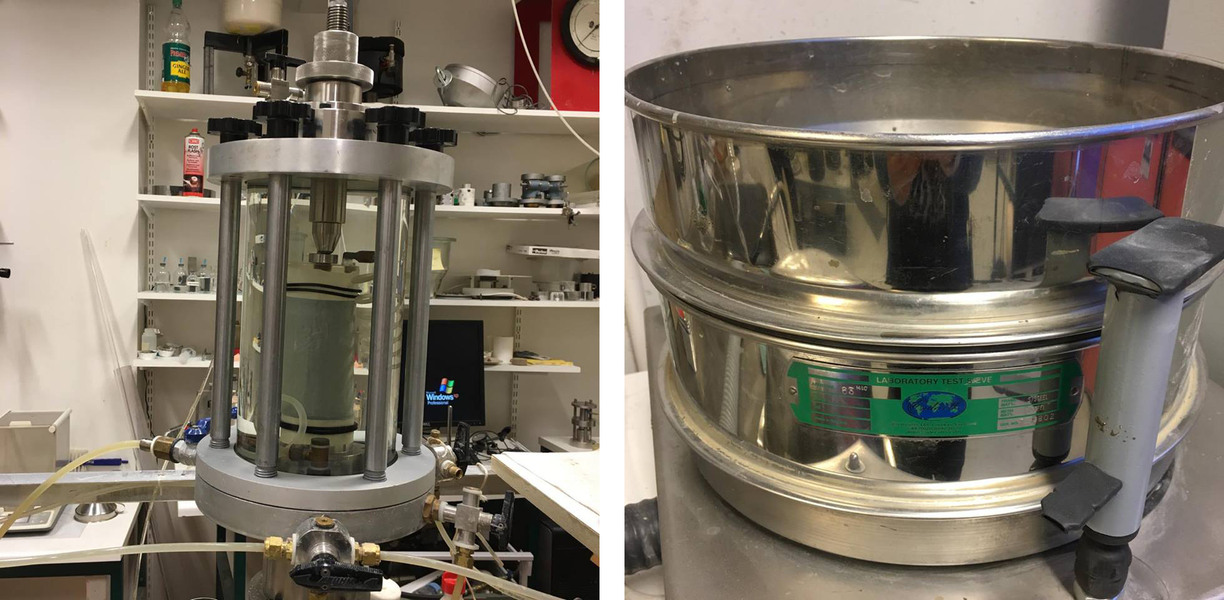
Test sieves are for determination of particle distribution . Both dry sieving and wet sieving can be carried out. Sieving determines the particles size down to 63 un. For the finer portion, sedimentation metho_d is used.
Hydrometer
It is used for determining the size of the particles smaller than 63 μm by sedimentation.
Pycnometer
For the determination of the particle density.
The Proctor compaction test is used to determine the optimal moisture content at which a given soil type will become most dense and achieve its maximum dry density.
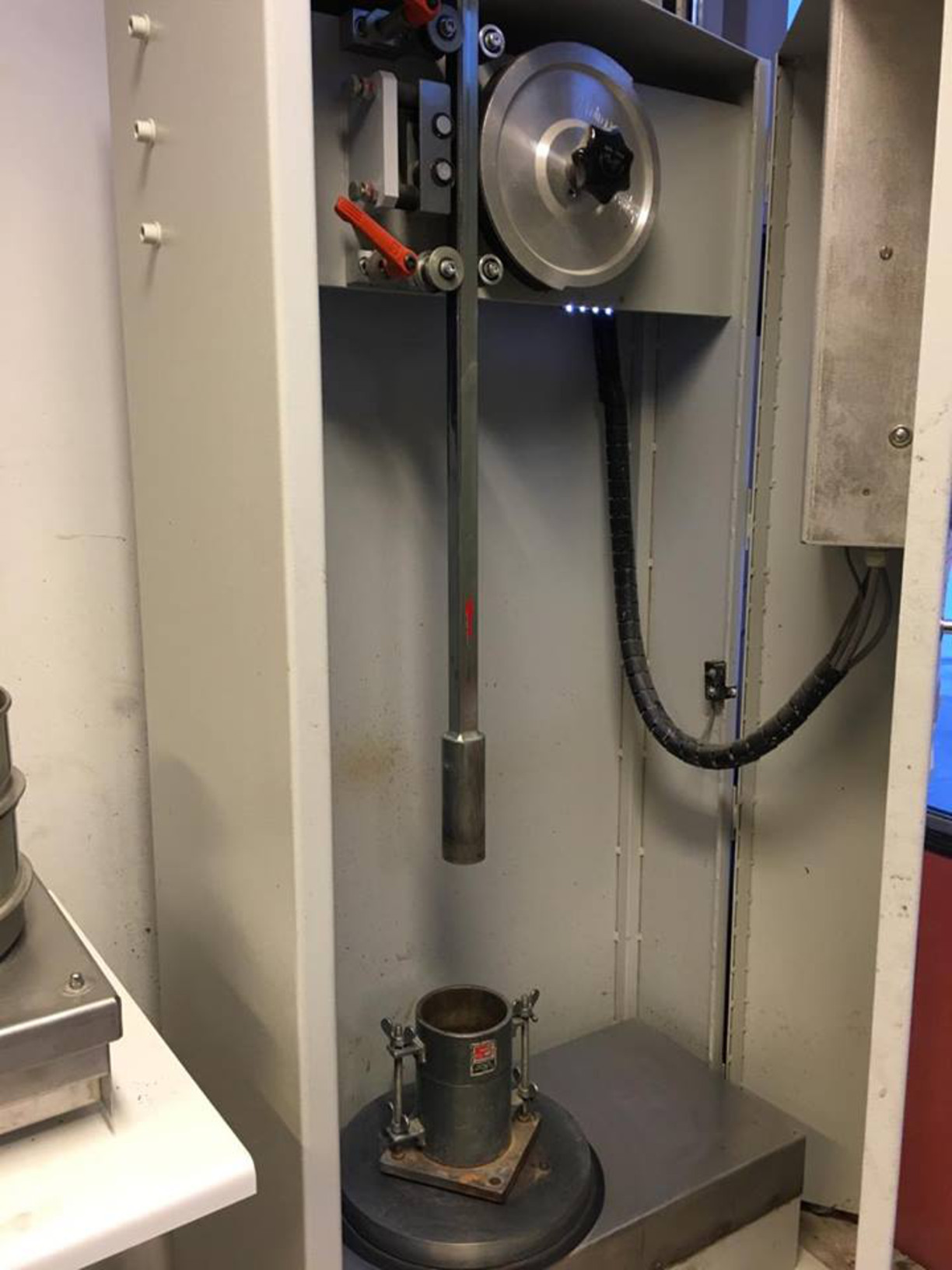
Fall-cone test is used to determine Atterberg limits, undrained shear strength, as well as s sensitivity for fine grained soil.
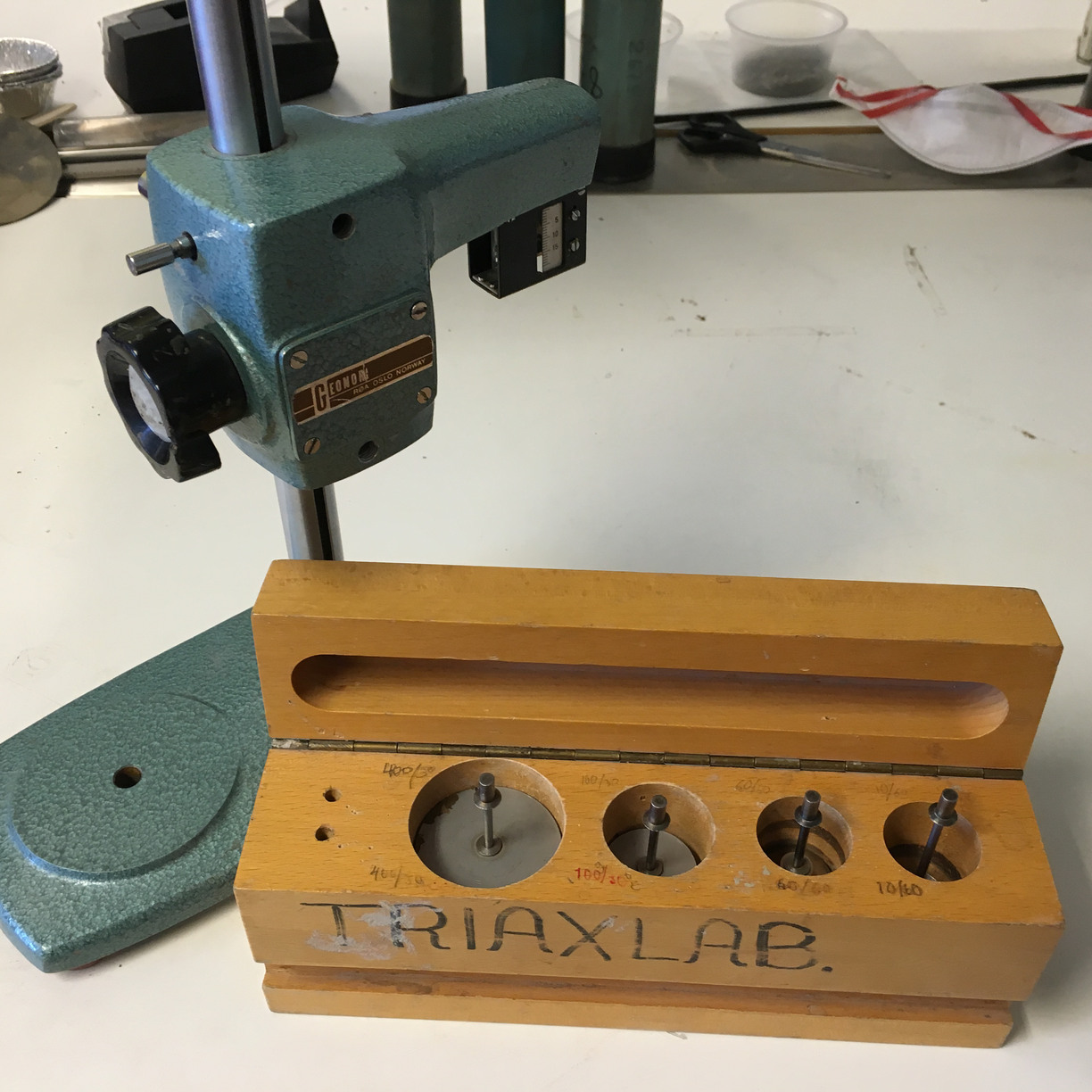
Permeability of a soil is determined by Darcy's law, and it is either done by constant water head or falling head method.

Microscope is used to study the shape of soil particles and the microstructure of a soil.
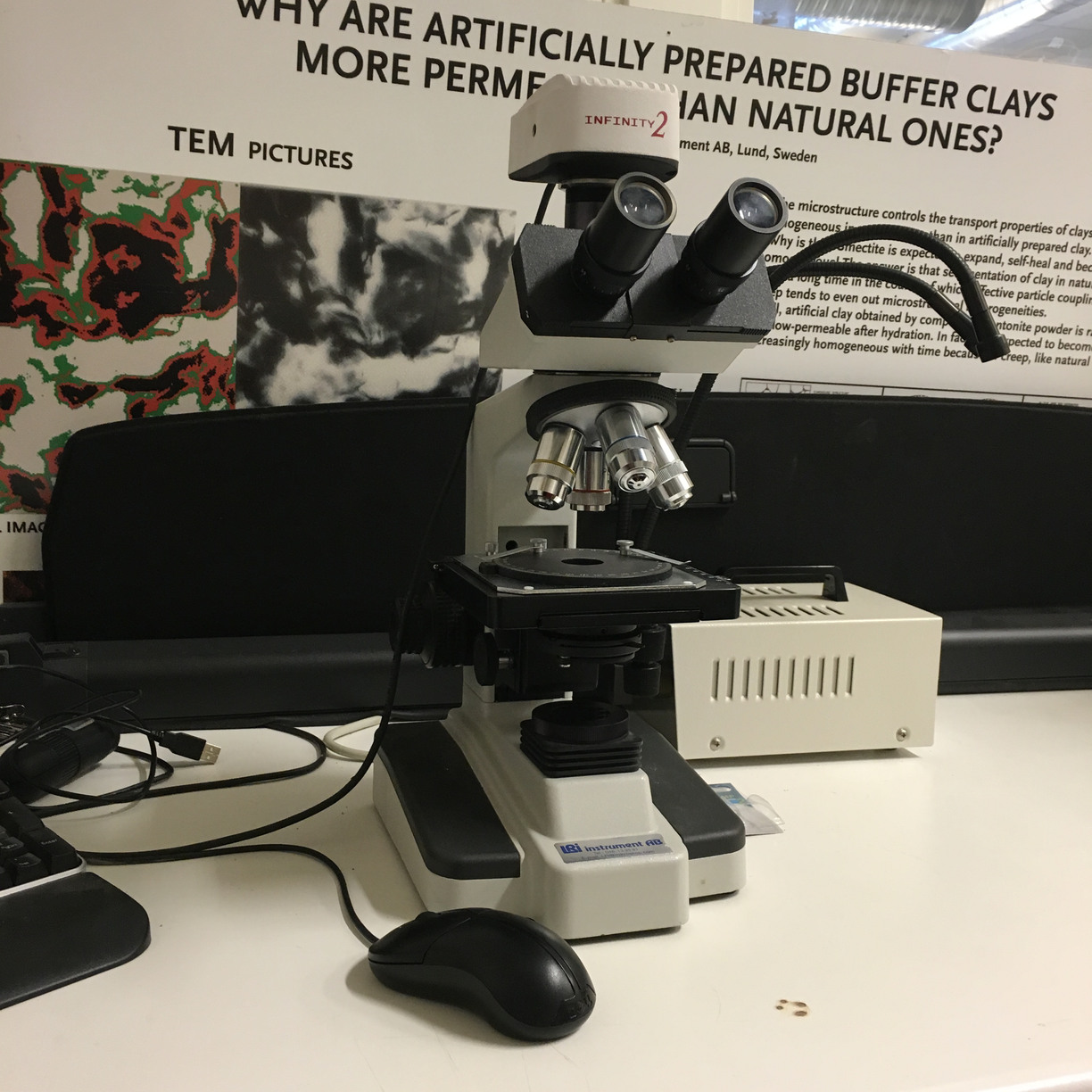
Triaxial apparatus is used to determine the strength parameters and deformation properties of a soil sample. The tests can be done under unconsolidatedundrained condition, consolidated-undrained condition, as well as consolidateddrained condition.
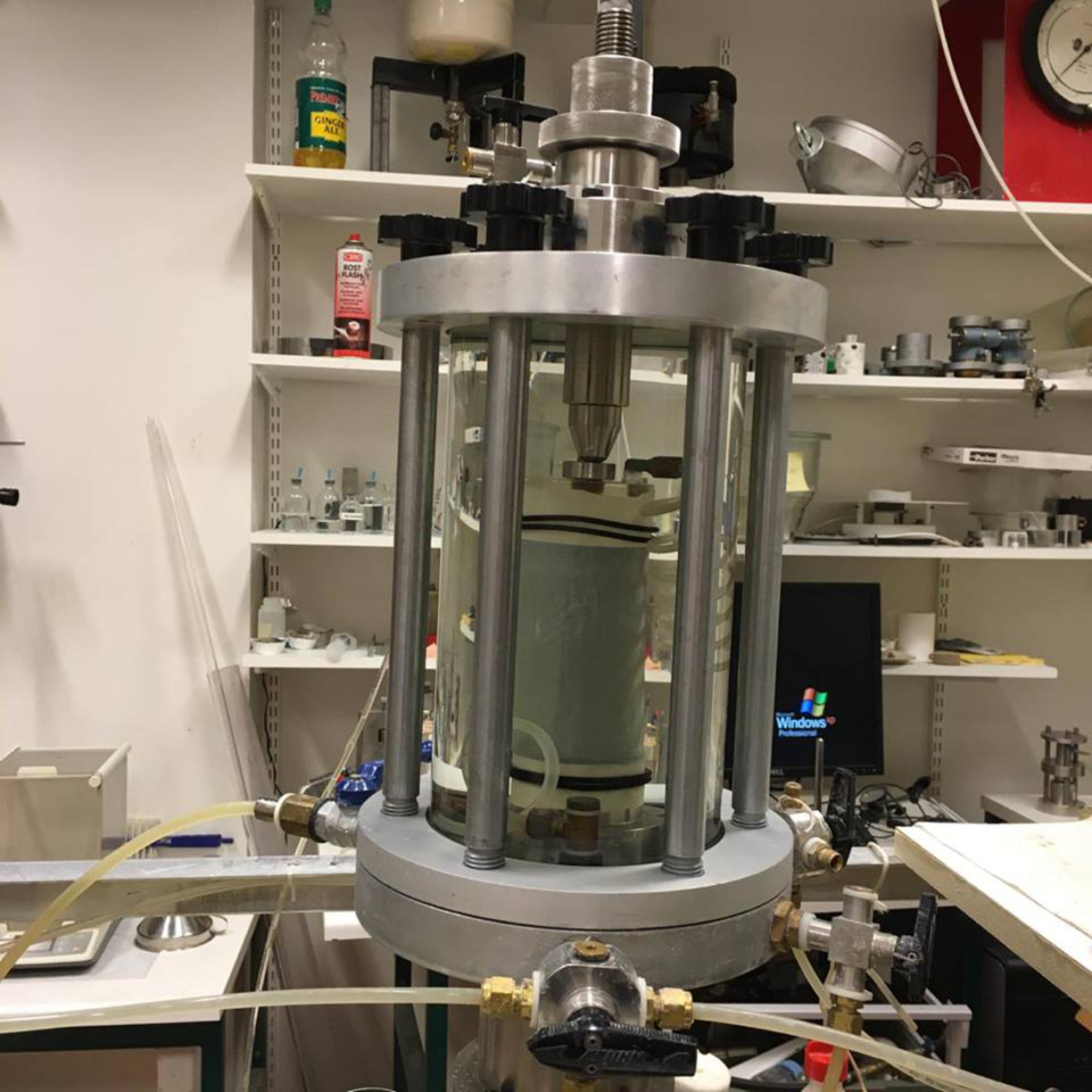
Soil behavior in shear is tested by simple shear test. Can test samples with diameter of and 80mm. Maximum particles size is up to 8mm.
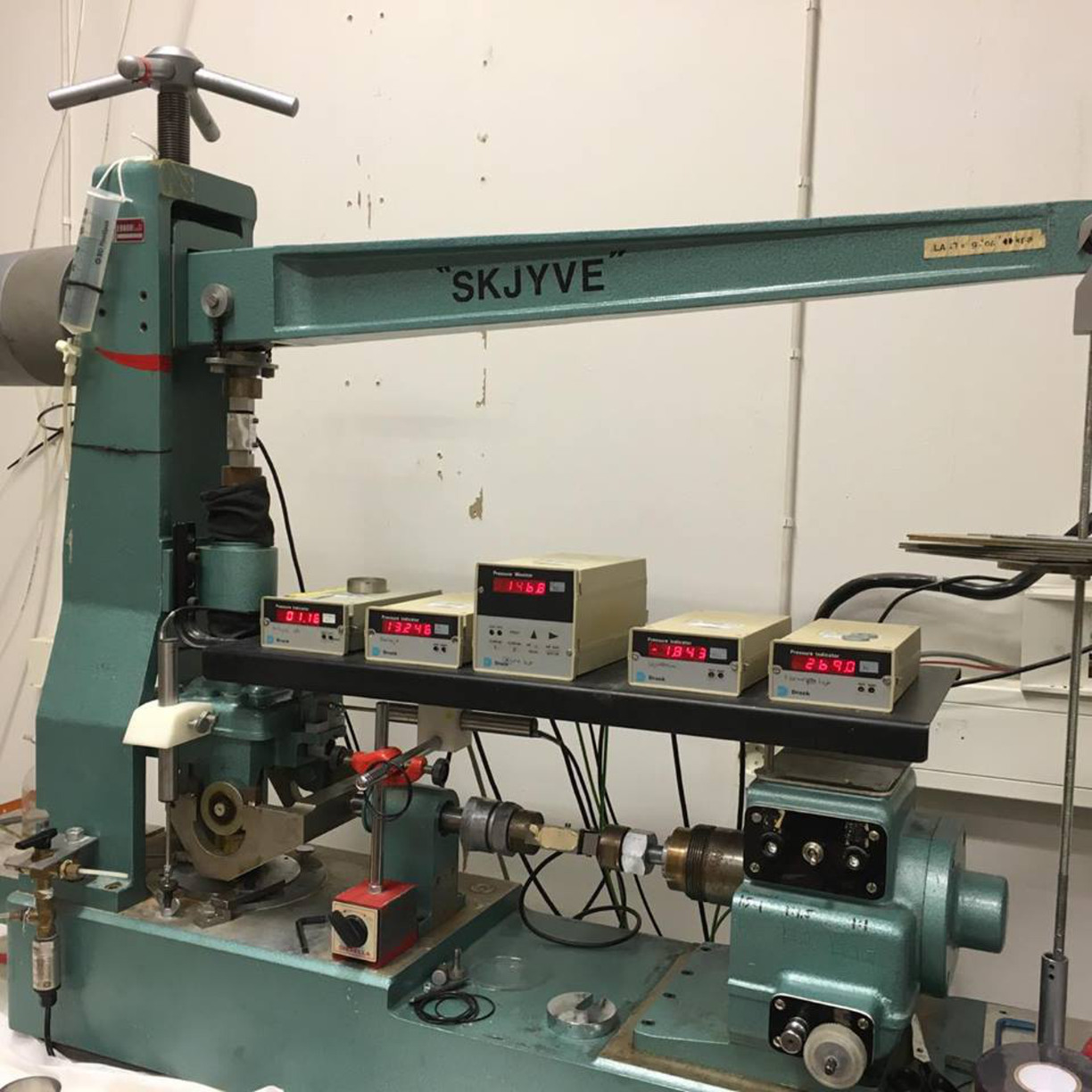
The large scale shear apparatus is an enlarged version of standard direct simple shear. The sample size is enlarged to be 1m in height and 1 m in diameter which enables testing of rock particles up to
100mm.
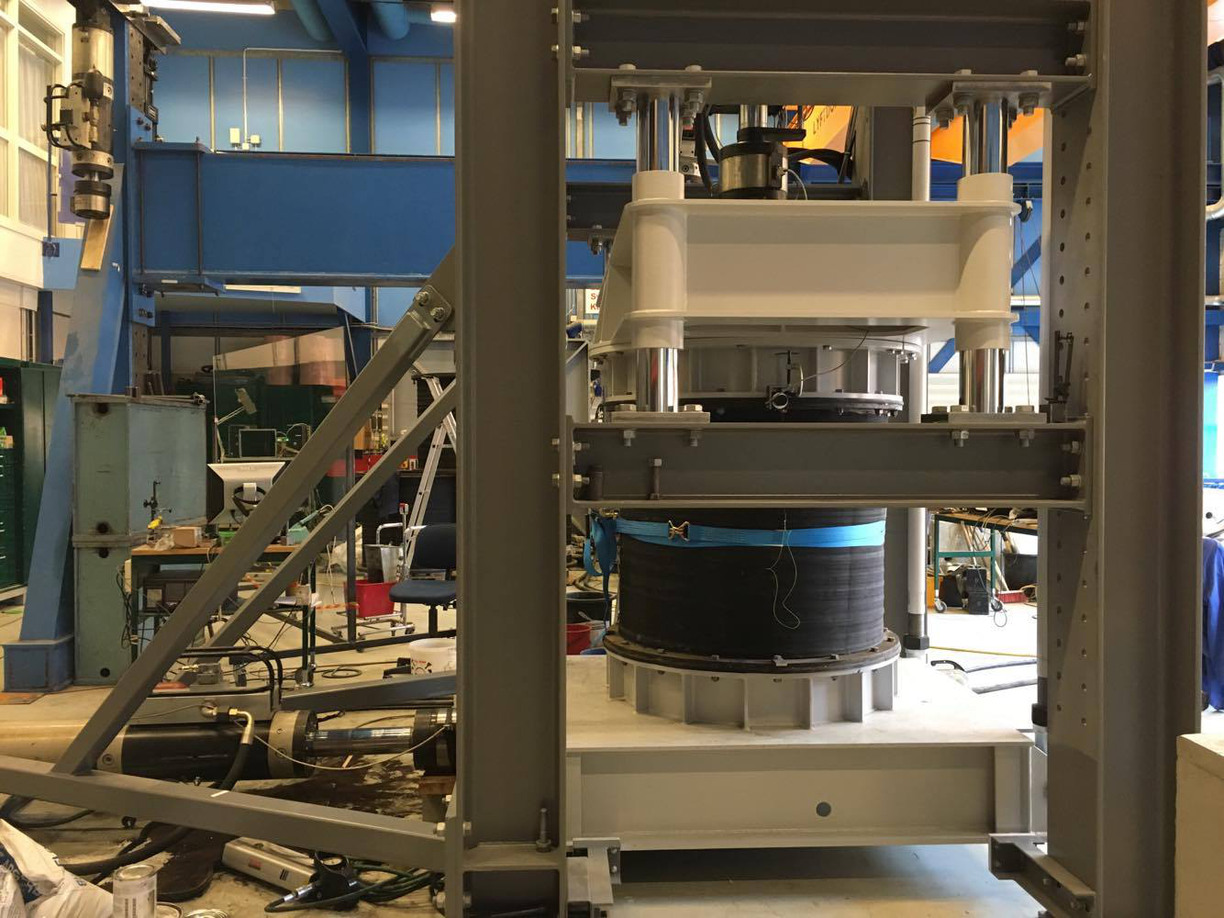
The characteristics of a soil during one-dimensional consolidation or swelling, as well as soil creep can be determined by oedometer test.
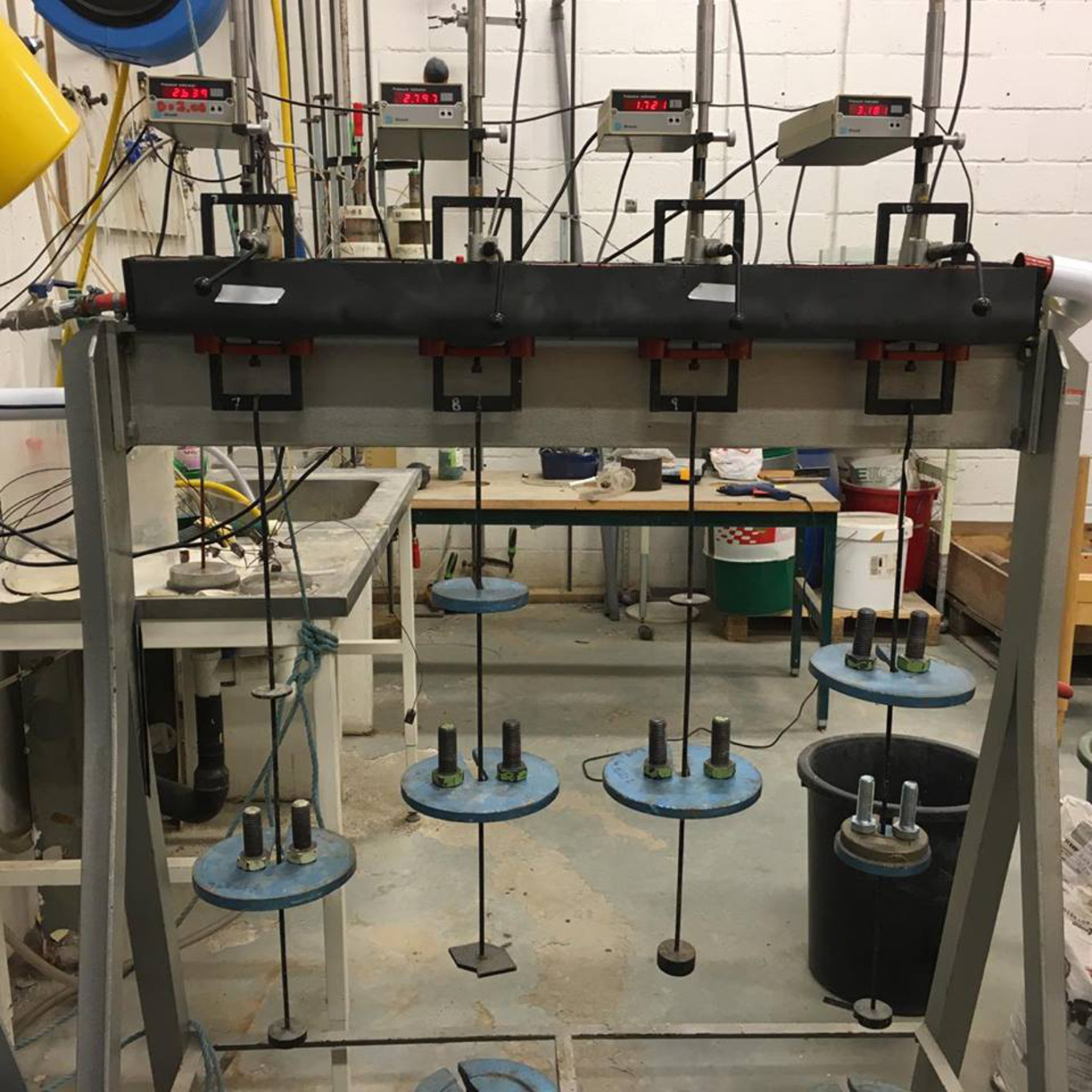
In the lab, a research is being carried out on mechanical properties of snow and ice. The traditional experimental tests on soil mechanics are employed on snow though the temperature must kept low so that the snow does not melt. The cold region technology center is a part of geotechnical lab for snow research and for the further interests, contact: Lintzén, Nina - Senior Lecturer.
A part of the Mining and Civil Engineering Lab
The Geotechnical Laboratory is a component of the Mining and Civil Engineering Lab, which stands as the largest laboratory at Luleå University of Technology with a broad scope of activities.
- Mechanical testing of steel, wood, and concrete
- Rock mechanical testing
- Geotechnical testing
- Field measurements
- Analysis and investigations
For further information, visit Mining and Civil Engineering Labs website.
Contact
Qi Jia
- Senior Lecturer
- 0920-493108
- qi.jia@ltu.se
- Qi Jia
Updated:
Page author: Contact us
